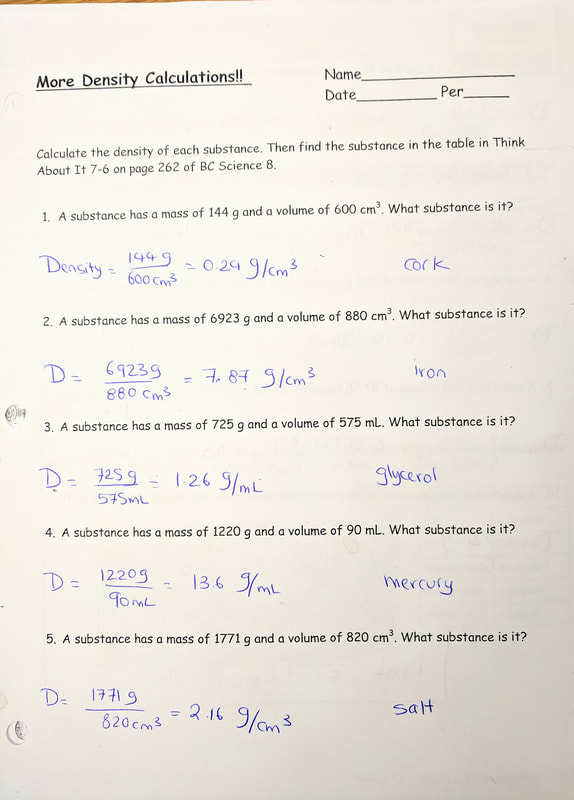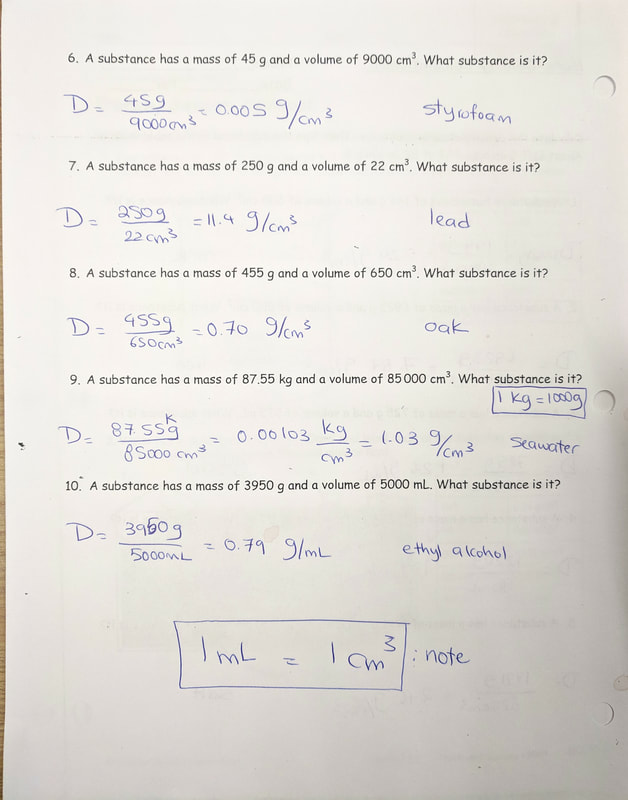Do you desperately look for 'density science homework'? You can find all the information on this website.
Table of contents
- Density science homework in 2021
- Introduction to density worksheet answer key
- Science density calculator
- Density science experiment for kids
- Density = mass volume worksheet with answers pdf
- Density worksheet grade 8 with answers
- Density definition for kids science
- Density questions grade 8
Density science homework in 2021
 This image representes density science homework.
This image representes density science homework.
Introduction to density worksheet answer key
 This picture illustrates Introduction to density worksheet answer key.
This picture illustrates Introduction to density worksheet answer key.
Science density calculator
 This picture demonstrates Science density calculator.
This picture demonstrates Science density calculator.
Density science experiment for kids
 This picture demonstrates Density science experiment for kids.
This picture demonstrates Density science experiment for kids.
Density = mass volume worksheet with answers pdf
 This picture representes Density = mass volume worksheet with answers pdf.
This picture representes Density = mass volume worksheet with answers pdf.
Density worksheet grade 8 with answers
 This image representes Density worksheet grade 8 with answers.
This image representes Density worksheet grade 8 with answers.
Density definition for kids science
 This image demonstrates Density definition for kids science.
This image demonstrates Density definition for kids science.
Density questions grade 8
 This image representes Density questions grade 8.
This image representes Density questions grade 8.
Is the density of a substance always the same?
Density is an intrinsic physical property of a substance, and the density remains constant even if the total amount of the substance changes. The density of lead is 11.34 g/cm 3. If you have a piece of lead with a volume of 1 cubic centimeter, the mass will be 11.34 grams and the density will be 11.34 divided by 1, or 11.34 g/cm 3.
How to calculate the density of a cube?
To find the volume, use the formula for the volume of a box volume = length x width x height. 2cm x 2cm x 2cm = 8cm 3. Thus the cube is NOT gold, since the density (5.0 g/cm 3) is not the same as gold (19.3g/cm 3 ). You tell the seller to take a hike.
How is density measured in grams and centimeters?
Mass is measured in grams, and volume is measured in cubic centimeters, so density is usually expressed in grams per cubic centimeter, or g/cm 3. Density can be calculated by dividing the mass in grams by the volume in cubic centimeters.
How to calculate the density of a mass?
So to calculate the density, we divide the mass by the volume. Mass is measured in grams, and volume is measured in cubic centimeters, so density is usually expressed in grams per cubic centimeter, or g/cm3. Density can be calculated by dividing the mass in grams by the volume in cubic centimeters.
Last Update: Oct 2021